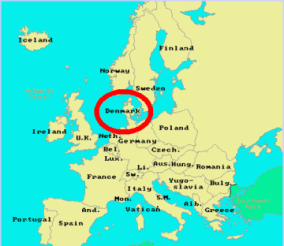
Beginning in less than two weeks, all packages of prescription drugs entering the EU pharma supply chain must contain a 2D barcode encoding the EU serialized ‘Unique Identifier’ (see “The ‘Unique Identifier’ in the EU Delegated Act”). More importantly, all drugs that have an FMD unique identifier on them at the point of dispense after February 9, 2019 must be “verified” and decommissioned through the National Medicines Verification System (NMVS) (see “What’s So Hard About Unique Identifier Verification?” and “Decommissioning Under the FMD/EUDR”). It looks like my prediction of FMD delays was wrong (see “How Will They Delay The FMD?”) but at least Denmark has just moved to solve a serious FMD dilemma with a kind of delay. Let me explain.
Continue reading FMD: Denmark Moves To Solve FMD Dilemma

 Drug verification is at the heart of most pharma serialization regulations. It is the point at which someone in the supply chain or a patient uses the unique identifier on the drug package to determine that the drug is probably authentic, or definitely is not. We can tell a lot about the intent of a given serialization regulation by looking at the specific language that determines by whom and when a unique identifier must be verified.
Drug verification is at the heart of most pharma serialization regulations. It is the point at which someone in the supply chain or a patient uses the unique identifier on the drug package to determine that the drug is probably authentic, or definitely is not. We can tell a lot about the intent of a given serialization regulation by looking at the specific language that determines by whom and when a unique identifier must be verified.